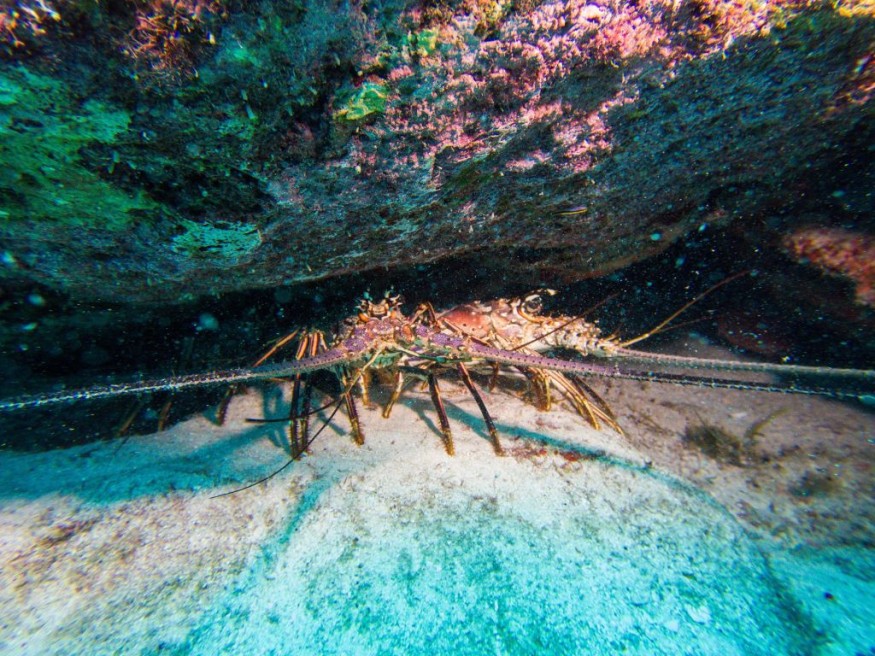
As the National Aeronautics and Space Administration (NASA) intends to establish a permanent lunar outpost by the end of the decade, followed by human exploration of Mars, they are also considering bringing with them an ecosystem that includes animals.
Animals Development In Mars and Moon
The best-case scenario is that the animal would develop on Mars and the moon in the same way that they do on Earth, but there is currently no data on this.
The changing gravity could impair muscle and bone growth, preventing Mars animals from standing or walking properly.
Experts stressed that, given these conditions, small animals would be the best bets.
"I think simpler animals, such as insects or crustaceans, will likely be more robust," said David Catling, an astrobiologist at the University of Washington in Seattle.
Space communities will also require resource conservation and high efficiency.
Because fish and other aquatic organisms rely on buoyancy, gravitational changes are unlikely to have a significant impact on their growth.
According to a 2021 review in the journal Frontiers in Astronomy and Space Sciences, fish may make effective space livestock since they feed more efficiently and produce less trash than their terrestrial counterparts.
Since 2019, the Lunar Hatch program has been looking into the potential of sending fish eggs to space for planned hatching. According to the 2021 study, if fish can survive launch and spaceflight, they will be a more efficient, high-protein, low-waste food source than land animals.
According to 2020 research from the University of South Australia and the International Space University in France, insects can likewise be used as space livestock.
According to the analysis, insects such as crickets (Acheta domesticus) are the most viable and cost-effective, providing a good source of protein while requiring less land and water than traditional protein sources. In a closed-loop life-support system-the artificial habitat where people and animals will live on Mars-insects might provide crucial services such as pollination, soil turnover, and debris removal, as well as serve as a backup food supply if crops fail, according to Catling.
Crustaceans, like insects, can be raised in small places to provide an efficient food source. Shrimp can be raised in small tanks and used in an aquaponics system alongside plants.
Researchers are considering tardigrades, sometimes known as "water bears," for lunar colonization. These tiny, tough critters have already proven their capacity to withstand harsh circumstances such as extreme heat, freezing cold, radiation, and space vacuum.
Previous missions have demonstrated that these little organisms are still viable after 12 days in space and that they may reproduce without suffering any harmful consequences.
Benefits Of Animals In Space
Experts see that bringing animals into the space would be beneficial.
Animals, such as insects that pollinate, shrimp and fish that can be reared in small places and utilized as food sources, and tiny waterbears that can teach us how to endure radiation, could all contribute to critical duties.
"Elaborate ecosystems [beyond Earth] are still far in the future and more in the realm of science fiction rather than active scientific research," Catling added.
He also stressed that colonization would present numerous engineering challenges. But, if and when that day comes, the creatures that populate these new areas will be the ones to support an ecosystem for the first human inhabitants.
Related Article : China Plans to Bring Zebrafish to Space
© 2025 NatureWorldNews.com All rights reserved. Do not reproduce without permission.





